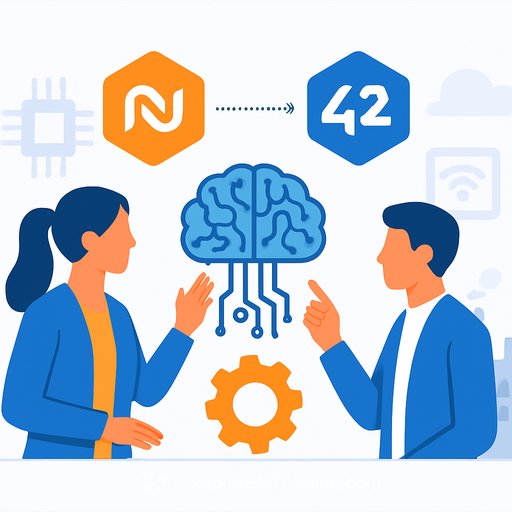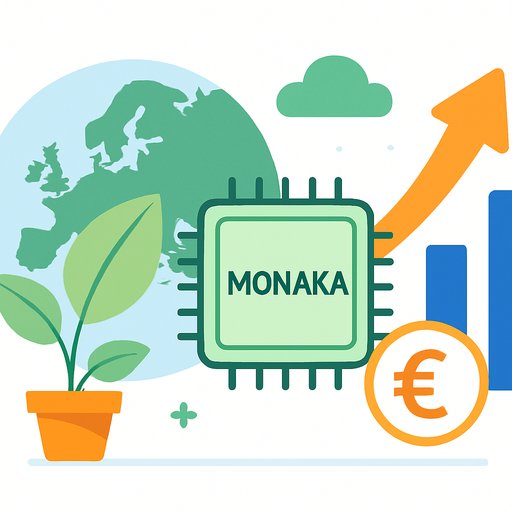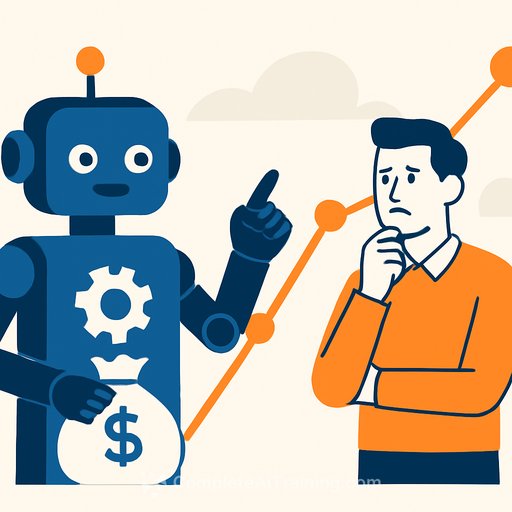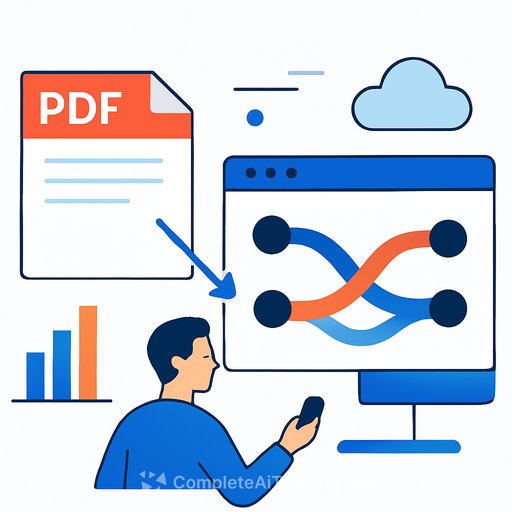Crespel & Deiters and Red Rabbit to Debut AI-Linked Product Development System at Fi Europe 2025
November 13, 2025 - Two German companies are bringing a joint digital workflow to Fi Europe 2025. The Crespel & Deiters Group and Hamburg-based Red Rabbit will connect Red Rabbit's nextfood.ai platform with Crespel & Deiters' Functional Ingredient Navigator (FIN) to compress the path from first idea to market-ready formulation.
Prototype development in one sequence
The live demo will be hosted at the Loryma booth. Loryma, Crespel & Deiters' food ingredients brand, supplies the ingredient data that powers FIN. The partners plan to show how teams can go from trend identification to a working prototype recipe in one continuous sequence driven by AI and a structured ingredient database.
What nextfood.ai contributes
- Scans a large trend and insight database to generate product ideas with draft formulations in minutes.
- Runs early assessments against synthetic consumer groups to flag weak concepts before they soak up budget.
- Includes a lab workflow to support small-batch testing and fast iteration.
What FIN adds
- Functional data on how specific ingredients affect structure, stability, and processing.
- Links early-stage recipes to ingredient choices that match production constraints.
- Helps shorten pilot phases and test technical feasibility without long trial cycles.
Why it matters for product and engineering teams
New product launch failure rates remain high. A tighter loop-trend to concept to lab-grounded in functional data helps teams kill weak ideas earlier and push viable ones to scale faster. This is less about flashy features and more about de-risking decisions at each step.
What to watch in the FiE demo
- The handoff from concept generation to draft formulation, then into lab testing.
- How ingredient functionality from FIN is surfaced inside the recipe workflow.
- Where feasibility checks appear (before you enter long pilots).
Leaders' perspective
"Our forward-looking concept bridges the gap between inspiration and industrial feasibility. With FIN, we deliver the right ingredient intelligence, while nextfood.ai brings speed and evidence to the concept phase. The result is overwhelming: better products in less time and thus a decisive competitive advantage," said Christopher Busch, Head of R&D at Crespel & Deiters Group.
Jochen Matzer, co-founder of nextfood.ai, said the platform compresses cycles from weeks to days. Combined with a database such as FIN, a strong concept can become a production-ready recipe after real-world lab testing and then move into scale-up.
Questions to validate before adopting
- Data model: How are ingredient functionalities structured, and can they map to your PLM/LIMS schemas?
- APIs and integration: What endpoints exist for pushing/pulling concepts, formulations, and lab results?
- Versioning and traceability: Can you track changes from trend insight to final spec, including who changed what and why?
- Assessment logic: How are synthetic consumer groups built, updated, and validated against real test data?
- Governance: Role-based access, audit logs, and approval workflows for regulated categories.
- KPI impact: Cycle time per iteration, lab pass rate, pilot reruns, and cost per successful concept.
Practical next steps
- Inventory your ingredient metadata and gaps (functionality, processing windows, allergen flags, cost bands).
- Define your "go/no-go" criteria at concept and lab stages so AI assessments feed actual gate decisions.
- Set up a limited-scope pilot (1-2 categories, 10-20 concepts) to benchmark current vs. new cycle times.
- Plan the handoff into manufacturing: what needs to be locked (specs, tolerances, run parameters) before pilot.
If your team needs a fast way to skill up on AI workflows for product development, explore focused training by role at Complete AI Training.
Your membership also unlocks:









